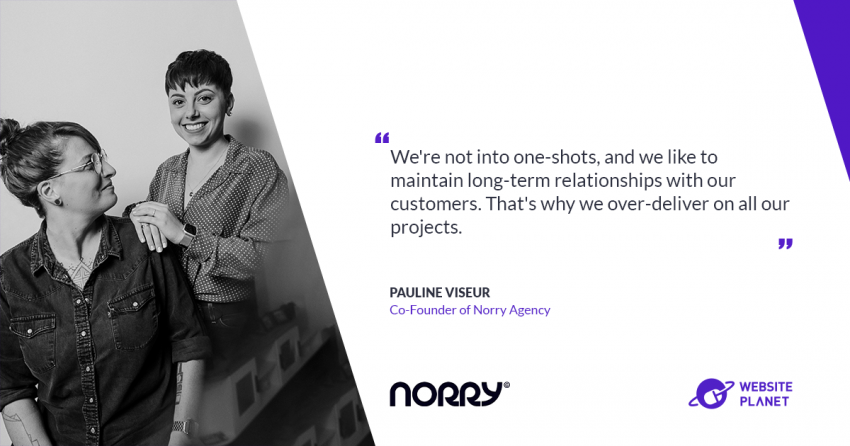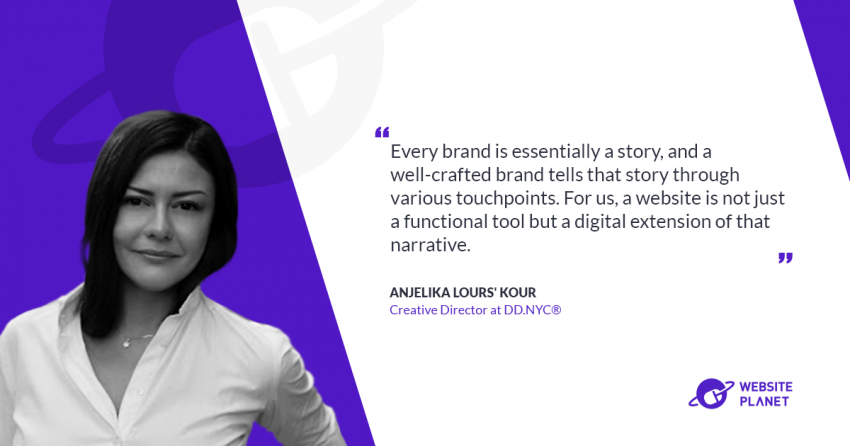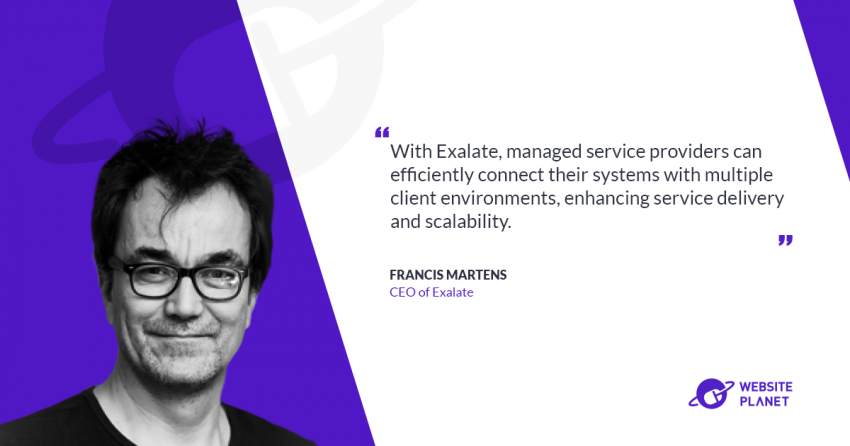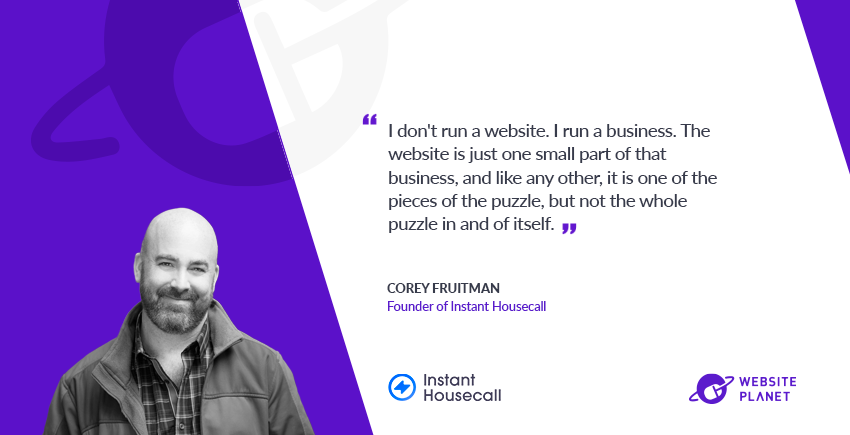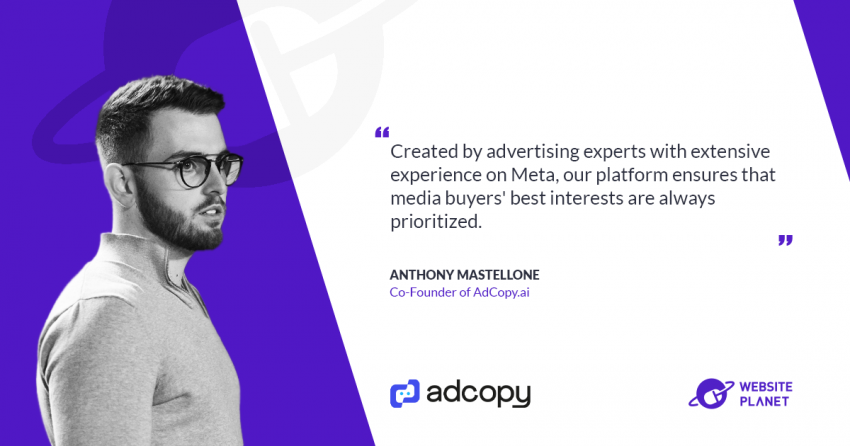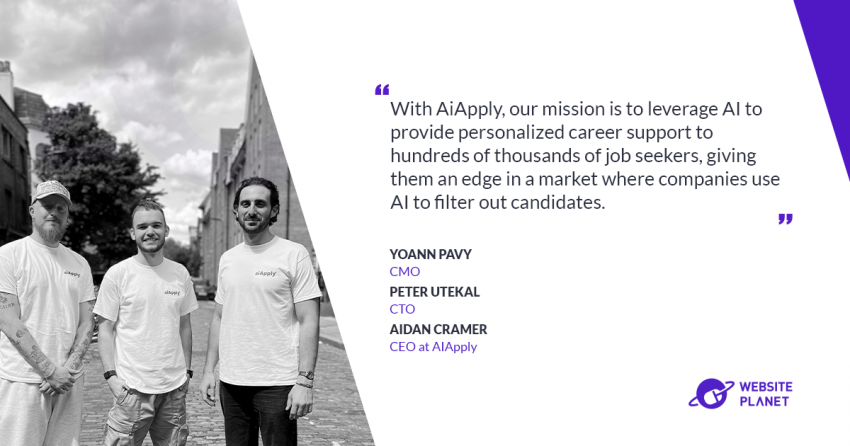In an enlightening conversation with
Website Planet, Osman Koc shares insights into UserGuiding, a groundbreaking platform tailored to revolutionize the way products foster user adoption, all without the complexities of coding.
Through UserGuiding, which serves a diverse clientele in the B2B SaaS landscape—from emerging tech startups to large-scale enterprises—Koc highlights the platform’s journey from basic product tours to a full-fledged user experience suite. This suite includes interactive guides, checklists, resource centers, and in-app surveys, all designed to streamline user onboarding and enhance engagement.
Throughout the interview, Koc reflects on the genesis of UserGuiding, spurred by the universal challenge of user onboarding, and its evolution to meet the ambitious goal of becoming the premier all-in-one product adoption platform, distinguished by its user-friendly design, customizable features, and unparalleled customer support.
Introduce UserGuiding to our audience, please.
With pleasure. UserGuiding is an all-in-one product adoption platform that aims to help product people build user onboarding flows and in-app experiences without the need to code. In simpler terms, we help people offer better experiences for their end users, no-code.
Being in the B2B SaaS industry, we work with companies ranging from startups in tech to mid-size businesses in retail and enterprises in all kinds of industries. So, it is important for us that we offer experiences and pricing that suit our ideal customers who are spread across different parts of the industry.
If I am to dive a little deeper into the product, UserGuiding is a whole UX hub for initially a product manager and then basically anyone on your team. It is simple enough for non-technical people to use as well since that was one of the problems that birthed UserGuiding. Day one, it was product tours we were offering; today, we offer a whole user experience for end users, with interactive guides, user checklists, resource centers, in-app surveys, and more on the way.
When my co-founders and I set out to build UserGuiding, we set out to build a user onboarding platform, and we did. Today, our mission is to answer every need of product people in one place.
Share the narrative of your company: What inspired the concept, and how has it progressed to date?
UserGuiding is actually the second company that we found together. In our quest with YNOT Partners, a startup studio, we repeatedly hit a wall with user onboarding. It wasn’t just our hurdle; it was a universal challenge that lacked a straightforward solution. This gap sparked the concept of UserGuiding. We aimed to strip down the complexity of onboarding, making it manageable for non-tech teams, a tool where coding isn’t a barrier but an enabler, even for startups.
Our venture to San Francisco solidified our mission. There, it was clear; we weren’t isolated in our struggles. Every product company faced similar onboarding issues. The market had solutions, but they faltered in performance or were priced beyond the reach of startups. This revelation was pivotal. It confirmed our direction to build an accessible, effective onboarding tool, addressing both the performance gap and the affordability barrier. And now, here we are.
When we first launched UserGuiding, our focus was heavily on user onboarding, and our solution was essentially just product tours. Today, UserGuiding is, I believe and hope, set to be a household name in product adoption and a complete hub for product people.
Could you outline the services you provide?
As we discussed above, UserGuiding is a product adoption tool that made its humble beginnings with a product tour feature. Today, when you get on the UserGuiding panel, 3 main sections on the side panel will greet you:
On the Analytics section, we have the Dashboard, where you can find an extensive overview of your general analytics, and the Users Page, where you can go into the specifics of each user and their actions.
Then, we have the Content section where you can create, customize, and segment all our UX elements, from guides and checklists to resource centers, surveys, and hotspots.
Lastly, we have the Customization section where you can customize your Themes, create multiple themes for different segments and flows, and basically change everything about the in-app experiences you offer via CSS as well, if you’d like.
Those are, of course, the abilities and features of UserGuiding, but what actually matters is what our users get to do with UserGuiding and what they don’t have to do anymore. Let me explain in line with our value proposition:
• We offer a simple, efficient user interface and no-code implementation; anyone on your team can easily build a fully-fledged user journey with ease, within minutes
• We offer enhanced and diversified UX elements that can be fully customized; our users get to use cool templates and easily change the design of UX elements for different segments and end users
• We are cost-resource effective; our users don’t need to involve designers or developers for in-app experiences that look good and work well
• We value and offer comprehensive insights and proactive engagement; our users gather live data & feedback, conduct surveys, and take follow-up action with ease, all in one platform
• We offer seamless integration and superior support; our users get to operate a highly streamlined workflow and can easily talk to our friendly support team
What is the overarching mission of UserGuiding?
As I mentioned just now, we’ve had many goals and missions throughout the years that did change rapidly but never too drastically. Our endgame has been decided, if I do say so myself, from day one. Today, our overarching mission also serves that endgame in mind, and our main goal right now is to be THE best all–in–one product adoption platform.
For years, we’ve let the market shape our mission with the spaces it would expend for us; now we want to shape the market to make space for us where UserGuiding is that one platform that pops up in product people’s minds when you say product adoption, just like Slack pops up when you say team communication, or OpenAI pops up when you say AI. When we are in a place like that in the B2B SaaS space, we’ll know that mission is completed and that we can move on to our next mission.
What distinguishes you from other companies in the same domain?
Standing out in the market is truly a do-or-die situation for a huge part of the SaaS industry, and I don’t think we ever dared overlook that fact. And when you take a step back, you will realize the actual hard part is not differentiating yourself from your competitors, but that first moment you realize your product is nothing unique. When you are past that rite of passage for your product, if you will, it is easy enough to work on enhancing your product and going with the appropriate positioning and messaging.
What we did in that vein was essentially establish 3 principles:
Creating UX elements and getting them live was the very first struggle we had to deal with that pushed us to found UserGuiding as you know now, so we established a sense of ease when it comes to material creation. We worked on the time to value for creating UX elements and onboarding flows with UserGuiding and found our optimum window.
We then established ease of setup since we knew implementation – with its speed and ease – wasn’t a market-strong point. We optimized UserGuiding not only to be easy to implement for tech-savvy people but also for non-technical people in SaaS without the involvement of devs.
And lastly, from day one, our most prized feat has been our support team. We’ve been praised for superior support without even needing to understand via trial and error that it’s necessary and an actual selling point. It did put us ahead in comparison to our bigger competitors, and it’s continuing to do so now that we offer 20 hours/5 days support.
What is your vision for the future of your industry?
The industry we are in on the macro level and micro level – SaaS and digital adoption platforms – are both evolving at a rapid speed that is quite visible when you go on G2 and the like. Even a year ago, we had new solutions in DAP that would pop up on our radar, and with AI getting more and more encoded into the systems in place, we are seeing more and more competitors come into play. It is exhilarating to witness it since it gives us a more dynamic motivation to keep pushing.
Now, of course, we all could keep pushing and rise above one another in the SaaS industry but I think we are also witnessing something more substantial in the industry today, which is compound startups.
I listened to Parker Conrad’s talk about the compound startup theory in SaaStr Europa 2023 last year, and I think it will be the recipe for long-lived success in SaaS in the long run. A compound startup is, in simple terms, a startup that is not necessarily a one singular “focused” company but a company that distributes its focus on a portfolio of different solutions under one umbrella, one of the best examples of this being Salesforce. On the whole, this makes sense because when you build different solutions to answer many problems of your target audience – which can now enlarge – you have the blueprints to build certain attributes that these solutions will share, for example, if you’ve built an analytics system for your product number one it is easy enough to perfect it for the other products to come and integrate them all seamlessly.
Of course, this doesn’t mean that you can get away with building one good tool and hitting mediocre marks with the other 3 tools you’ll build. You have to perfect all these solutions just as in Salesforce’s or Microsoft’s case, and quite frankly, for our domain, I think this approach, the compound startup, will be a big contributor to success if executed right.
On top of that, I also think that going into battle blindly with no game plan is now just the last thing you should do in 2024. So, another vision we have for the future of SaaS is that data-driven processes like Analytics, A/B testing, and Impact Reporting will inevitably become more and more important to integrate into business processes.
Find out more at: www.userguiding.com



